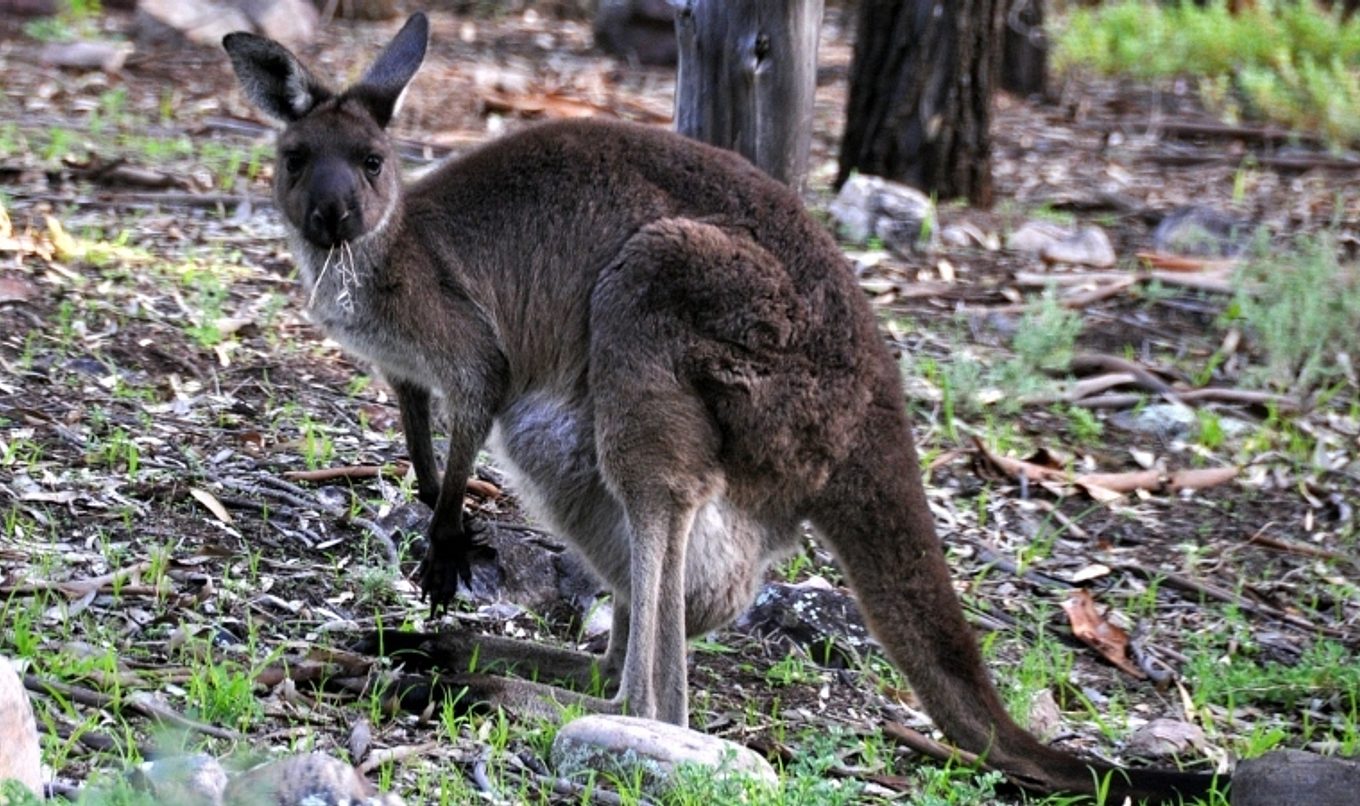How to help wildlife in the Kangaroo Island and Cudlee Creek fire zones
The recent fires, particularly on Kangaroo Island, are of such a magnitude that members of the community are eager to assist our wildlife.

The best way for most people to contribute is to donate to the Wildlife Recovery Fund, which will be used to re-establish the habitat of native animals – especially threatened species. Protecting habitats will provide food and resources for the long-term benefit of wildlife. Donations can be made through the Nature Foundation of SA website.
The Department for Environment and Water normally discourages feeding of wildlife. Under normal circumstances, by feeding them we are actually doing them, and the environment, more harm than good. For example, artificial feeding of wildlife can alter their natural behaviour, cause poor nutrition, spread disease and contribute to the presence of weeds and pests at feeding sites.
Where members of the public feel compelled to provide supplementary water or feed for wildlife, it is important that they do so in a manner that does no harm.
The department’s website has guidance on what sorts of foods are suitable under these circumstances, and information on where and how to feed to ensure it is as beneficial as possible.
Accessing clean, fresh water can be an issue for wildlife following bushfires. One way to help is by providing a safe supply of clean water and changing it daily to prevent the spread of disease.
Only supplementary feed on your own land, or with the permission of the landholder. If you supplementary feed, always provide fresh water. But if there is still vegetation in the area, the best way you can help is by providing water only.
Don’t provide food or water in national parks or other public areas. Supplementary feeding in national parks is being carefully managed by DEW to ensure bushfire-affected wildlife is supported and these sensitive areas are protected from the impacts of pests, diseases, predators and weeds.
Do not feed animals, such as koalas, that have a specialised diet, or endangered species, such as the Kangaroo Island dunnart and glossy black-cockatoos. DEW is working with conservation organisations, wildlife carers, researchers and other land managers to ensure these species are supported in the best ways possible to safeguard their immediate welfare and protect them from further harm.
And remember to keep biosecurity in mind if you want to help wildlife, especially on Kangaroo Island. If you are providing supplementary feed, remember that hay and birdseed can introduce weeds, so do not provide these feeds in bushland areas, especially national parks.

